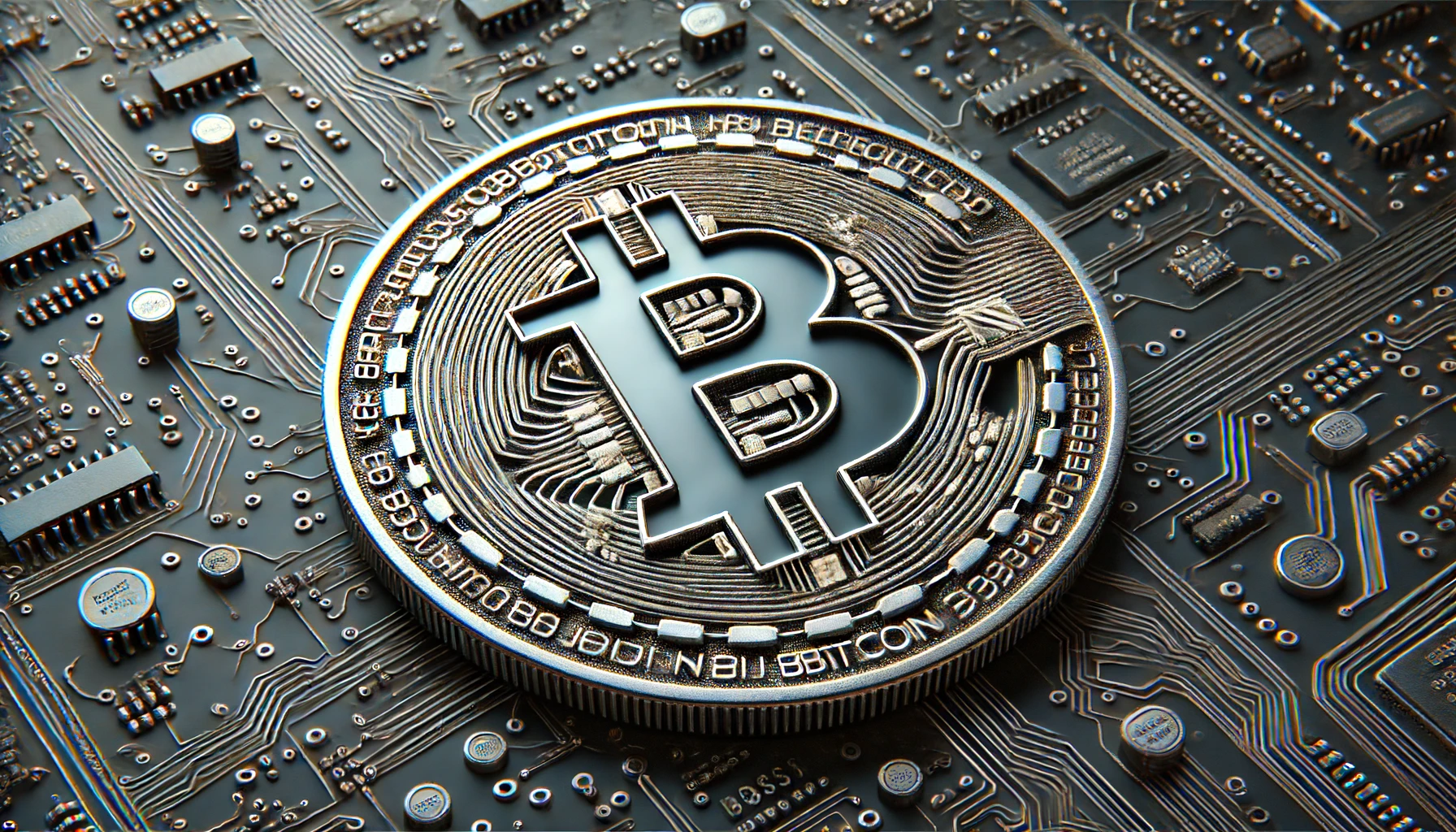USDT is sold at a premium in India, posing challenges for local traders. This article explores the reasons behind the higher prices and how regulations impact trading strategies.
Points
- Indian regulations make it difficult to deposit rupees into crypto exchanges directly.
- Traders use USDT as an accessible alternative to bypass rupee volatility.
- High taxes on crypto transactions steer traders toward long-term investments.
- The premium on USDT impacts intraday trading volume and strategies.
In India, USDT is often sold at a premium, creating challenges for local crypto traders and investors. According to Balaji Sirhari, Business Head at CoinSwitch, the largest exchange in India, this premium market and crypto taxes make intraday
trading less profitable for many Indian investors.
Most of the users on our platform invest for the long-term and consider crypto as a diversification asset rather than preferring day-trading. This is due to the higher costs involved in microtransacting in crypto.
WazirX, the second-largest exchange in India, also highlights several factors contributing to the USDT premium market. Shetty, from WazirX, explains that strict regulations make it difficult to deposit rupees directly into crypto exchanges. As a result, traders turn to USDT, a stablecoin pegged to the US dollar, as a more accessible alternative. Additionally, the volatility of the Indian rupee against the US dollar incentivizes traders to hold USDT as a safe haven from currency fluctuations.
Are Indian Traders Leaning Towards Long-Term Investing?
The Tax Deducted at Source (TDS) and capital gains tax in India further steer traders toward long-term investment strategies. The 1% TDS on crypto transactions and the 30% tax on capital gains make short-term trading less appealing.
The 1% TDS on crypto transactions, along with the
30% tax on capital gains, makes short-term trading less appealing.
Shetty also shared data showing how the premium market impacts trading strategies in India. From 2018 to 2021, when the USDT price ranged between 60 INR and 80 INR, intraday volume varied from 10% to 30%. However, in 2021, when the USDT price rose above 80 INR, intraday volume decreased from 30% to 12%. Over the last six months, as the USDT price increased from 87 INR to 93 INR, intraday volume remained between 12% to 15%.
Our day trading and high-frequency trading got affected more due to the implementation of 1% TDS.
Shetty’s data indicates that the premium on USDT, combined with high taxation, makes intraday trading cost-prohibitive. Traders in India typically buy USDT through peer-to-peer transactions, such as on the WazirX exchange, which supports P2P trading. This unique system allows users to onramp with stablecoins but at a cost.
The Unique State of Crypto Investment in India
To understand the end-user perspective, we spoke with Bitmandoo, a prominent member of Reddit’s r/cryptoindia community. Bitmandoo, who has been trading and investing in crypto since 2016, shared that the trading environment in India is challenging due to high taxes and the premium on USDT.
No, trading crypto is not feasible in India due to the latest taxes. However, investing remains viable despite the taxes if you adopt a long-term strategy by buying and holding for multiple years. Short-term trading is not practical since the government taxes winning trades without allowing offsets for losing trades. I think India is the only country to do this in this whole world.
Bitmandoo explained that traders often buy USDT through peer-to-peer transactions, which can lead to higher costs and risks, including scams and regulatory issues. The practice of purchasing USDT from sources outside the country, known as ‘hawala’, is typically illegal and exposes investors to significant risks.
Unless Indian banks directly enter this business and competition among onramp/offramp platforms increases, the premium is unlikely to decrease.
Bitmandoo believes that if crypto in India were taxed more like stocks, the industry would have a better chance of growing.
Are Indian Crypto Regulations Stifling the Industry?
WazirX has absorbed the cost of India’s 1% TDS tax on crypto transactions to alleviate costs for traders. Shetty noted that the regulations have had a significant impact on the entire industry. According to an Indian think tank, Esya Centre, Indian crypto investors have moved over $3.852 billion (INR 32,000 crore) worth of digital assets from local to international crypto exchanges since February 2022.
However, the decision by the Financial Intelligence Unit in December 2023, which made it mandatory for all operating exchanges in India to register with existing tax norms and charge taxes and TDS as per the government’s budget, has led to a resurgence in volumes on Indian exchanges. For instance, the number of crypto deposits on WazirX increased by 250% following the FIU notice, with the average transaction amount also rising by 100%.
A Unique Situation for Indian Crypto Users
While the prevalence of the USDT premium market is unusual, it seems that for now, it’s here to stay. Indian investors are expected to pay 5-12% more than the global market rate for Tether. This premium makes strategies like day trading non-viable, but the crypto market in India remains active.
Important: This article is for informational purposes only and should not be taken as legal, tax, investment, financial, or any other type of advice.
解説
- The Indian crypto market faces unique challenges due to high taxes and regulatory constraints.
- The premium on USDT impacts trading strategies, pushing traders towards long-term investments.
- Peer-to-peer transactions are a common method for acquiring USDT, though they come with risks.
- Regulatory clarity and lower taxation could foster growth in the Indian crypto industry.
